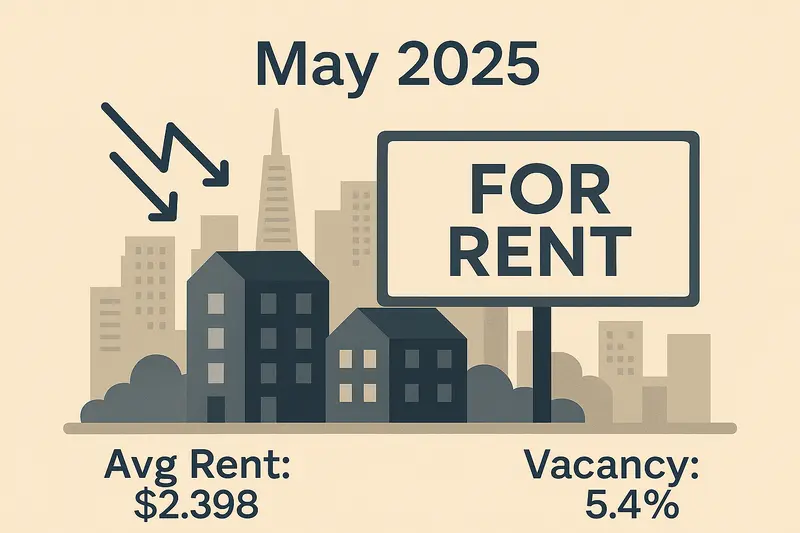Your Property’s Plat Map: Boundaries, Lots and Easements
Question
Answer
A plat map is a detailed drawing filed with your local county that shows how a subdivision or tract of land is divided into individual lots, streets, easements and public rights-of-way. Developers, surveyors and county planning departments use plat maps to record legal property boundaries and ensure streets, utilities and drainage systems align with municipal requirements.
Key Elements You’ll Find on a Plat Map
- Lot lines and dimensions: Precise measurements of each parcel, often in feet and decimals.
- Block and lot numbers: Unique identifiers that link to county tax records and deeds.
- Easements and rights-of-way: Areas reserved for utilities, drainage, sidewalks or future road expansions.
- Street names and widths: Public road layouts, including proposed or existing streets.
- Survey markers: Monuments, pins or benchmarks indicating reference points used by surveyors.
- Scale and north arrow: Indicates map orientation and the ratio between distances on the map and real-world measurements.
Why a Plat Map Matters
- Buying or selling: Buyers verify lot size, shape and legal access before closing.
- Building or remodeling: Contractors and architects reference lot lines to comply with setback and zoning rules.
- Title and financing: Lenders and title companies confirm there are no unrecorded easements or encroachments.
- Dispute resolution: Neighbors and attorneys use the map to settle boundary or fence-line disagreements.
How to Obtain Your Plat Map
Most county recorder or assessor websites offer online access to recorded plats. You can also visit the county clerk’s office or planning department in person. Some jurisdictions provide interactive GIS portals, where you can view and print maps for free.
Plat requirements and filing procedures differ by state and county, so always verify local rules. Before relying on a plat map for construction or legal matters, it’s advisable to consult a licensed surveyor or title professional to ensure you’re working with the most accurate and up-to-date information.


